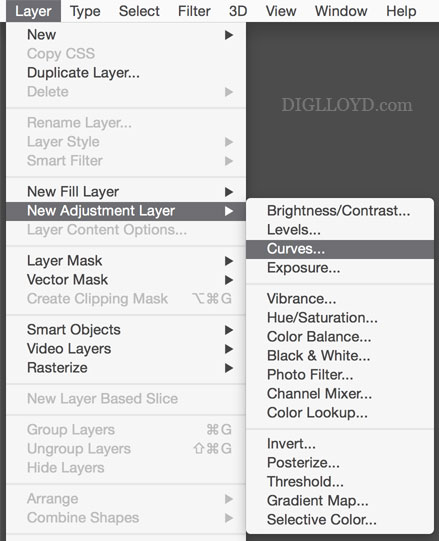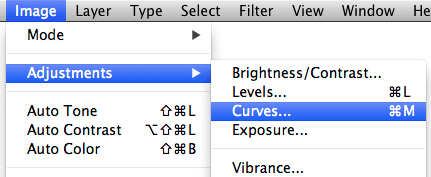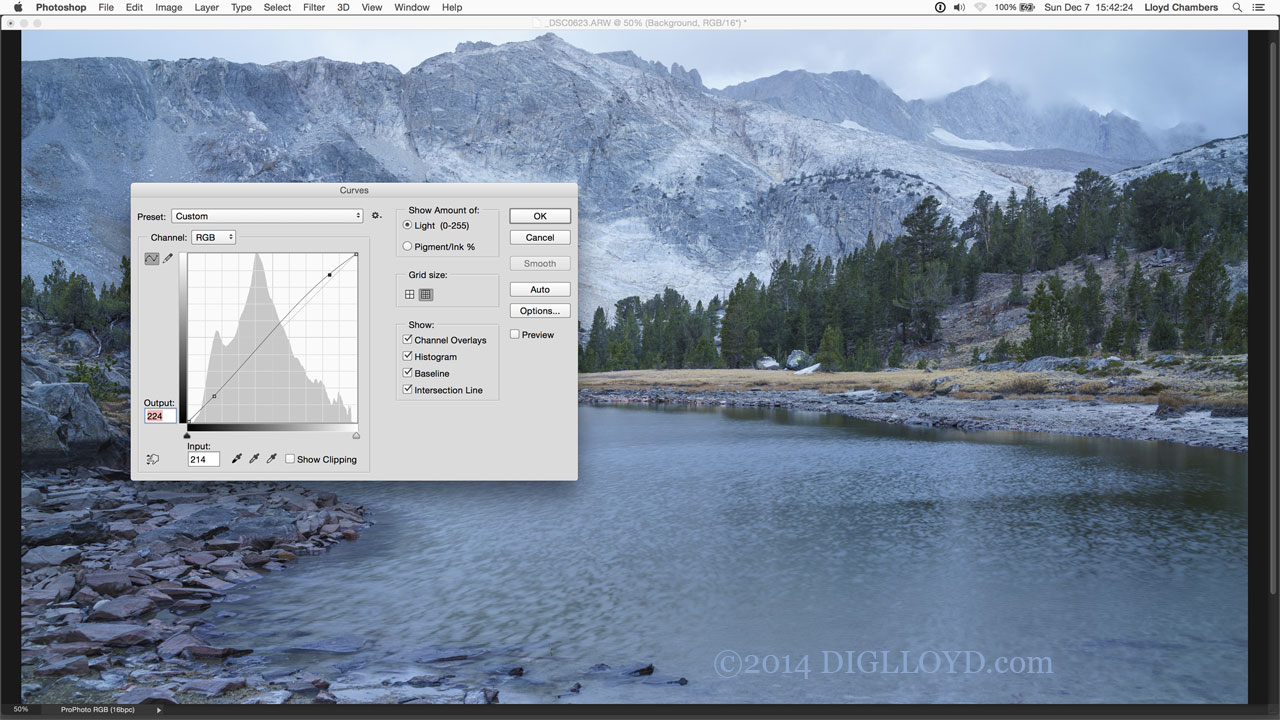EXCERPT page containing first few paragraphs. 2024-04-25 14:07:01
UA_SEARCH_BOT_compatible_botmozilla/5.0 applewebkit/537.36 (khtml, like gecko; compatible; claudebot/1.0; +claudebot@anthropic.com) @ 3.139.107.241
For full access, subscribe here. Or click title to login. ![]()


How to Use Tonal Curves for Image Correction
A tonal curve can make an impressive improvement to an image.
There are two ways to use a curve:
- Applying a curve directly; this alters the image pixels (not recommended in most cases, but OK for a quick adjustment).
- Adding an Adjustment layer; this adjustment layer can be tweaked at will and does not alter the underlying image pixels (recommended).
In general, always work with 16-bit images and a wide-gamut color spaces. Convert 8-bit images to 16-bit if need be (e.g. JPEGs). Save the “master” image as a layered Photoshop document in order to preserve the layers; output JPEG or TIF or whatever using that master image.
Experience and experimentation are key to learning to use the Curves facility. Set the Curves dialog for . With this setting, the left side of the histogram is black and the right side is white.
Article continues for subscribers...
Diglloyd Making Sharp Images is by yearly subscription. Subscribe now for about 13 cents a day ($50/year).
BEST DEAL: get full access to ALL 8 PUBLICATIONS for only about 75 cents a day!
Diglloyd Making Sharp Images articulates years of best practices and how-to, painstakingly learned over a decade of camera and lens evaluation.
Save yourself those years of trial and error by jump-starting your photographic technical execution when making the image. The best lens or camera is handicapped if the photographer fails to master perfect shot discipline. High-resolution digital cameras are unforgiving of errors, at least if one wants the best possible results.
- Eases into photographic challenges with an introductory section.
- Covers aspects of digital sensor technology that relate to getting the best image quality.
- Technique section discusses every aspect of making a sharp image handheld or on a tripod.
- Depth of field and how to bypass depth of field limitations via focus stacking.
- Optical aberrations: what they are, what they look like, and what to do about them.
- MTF, field curvature, focus shift: insight into the limitations of lab tests and why imaging performance is far more complex than it appears.
- Optical aberrations: what they are, what they look like, and what to do about them.
- How to test a lens for a “bad sample”.
Intrigued? See Focusing Zeiss DSLR Lenses For Peak Performance, PART ONE: The Challenges, or (one topic of many) field curvature.


